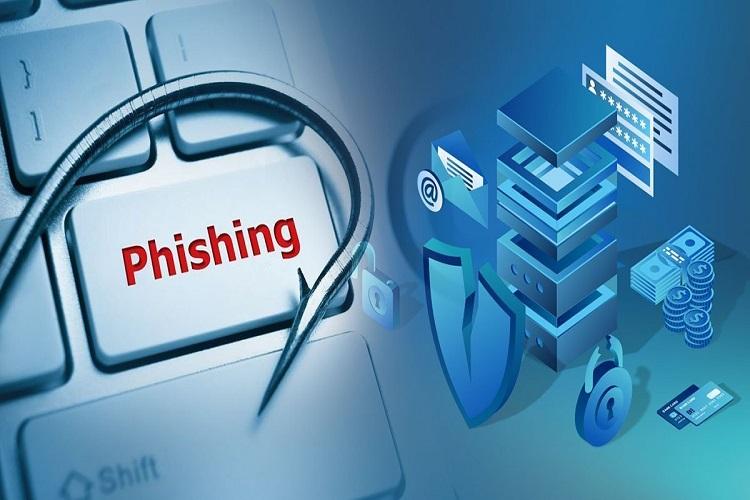
Phishing activity increased significantly in the first few months of 2020, taking advantage of pandemic-induced product shortages and increased usage of streaming services, according to OpenText’s 2021 Webroot BrightCloud Threat Report. For the first time, eBay topped the list of brands most targeted for impersonations, with 31.1% of all phishing attacks in the month of February impersonating eBay. In March, phishing activity surged among streaming services YouTube (3,064%), Netflix (525%) and Twitch (337%).
“Gathered from over 285 million real-world endpoints and sensors, and leveraging the extensive BrightCloud network of industry-leading partners, this year’s Threat Report clearly shows how cybercriminals are willing and able to evolve their tactics to exploit collective human interest and current events,” said Prentiss Donohue, Executive Vice President, SMB/C Sales, OpenText. “The findings underscore the need for users and businesses of all sizes to enact a multi-layered approach to data security and protection given the persistent creativity of cybercriminals.”
Some of the key findings include:
-
Phishing
- Attacks increased 510% from January to February alone
- The top five phishing targets of the year were eBay, Apple, Microsoft, Facebook and Google
- By the end of 2020, 54% of phishing sites used HTTPs. Use of HTTPS varies considerably based on the industry being targeted and is most heavily used when spoofing cryptocurrency exchanges (70% of the time), ISPs (65%), and gaming (62%)
-
Malware
- 86.1% of malware is unique to a single PC
- 83% of Windows® malware hides in one of four locations. One of which, app data, saw the infection rate jump 59.2% YoY
- Consumer devices saw twice as many malware infections when compared to business devices
-
Infection Rates by Country and Industry
- At 2.3%, Japan had the lowest PC infection rate per region, followed by the United Kingdom (2.7%), Australasia (3.2%) and North America (3.7%)
- In Europe, home devices were more than three times as likely to encounter an infection as business devices (17.4% versus 5.3%)
- Based on reported data, Health Care and Social Assistance (down 41.4% from the YoY average) led in terms of industries with the lowest infection rates, while the highest industry infection rates were seen by Wholesale Trade, Mining/Oil/Gas and Manufacturing
-
Mobile and Android
- Of the total threats detected on Android devices in 2020, Trojans and malware accounted for 95.9%, an increase from 92.2% in 2019
- Outdated operating systems accounted for nearly 90% of Android infections
- Malware for Android-based IoT devices is increasing, underscoring the importance of securing all Android devices beyond just smartphones and tablets

 In
In
Add new comment